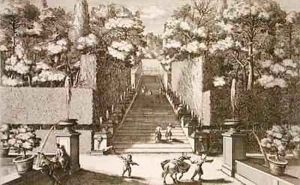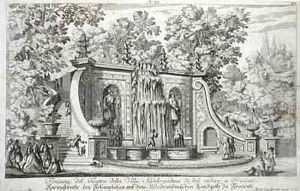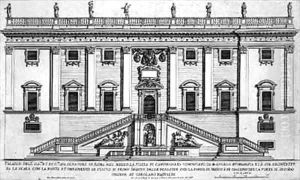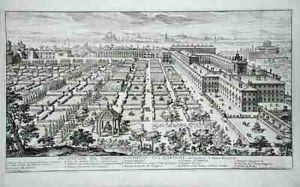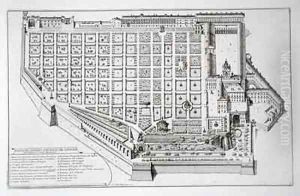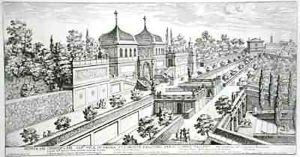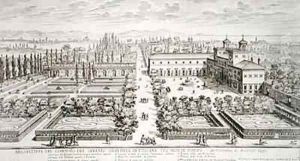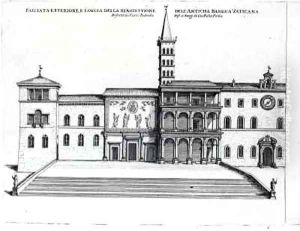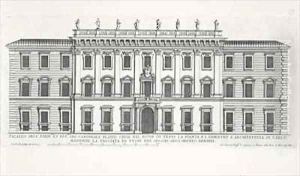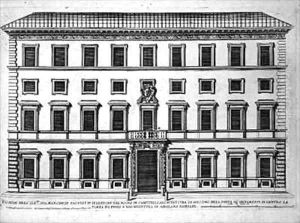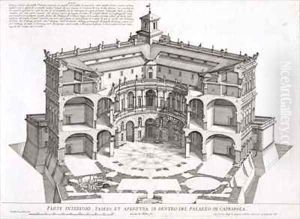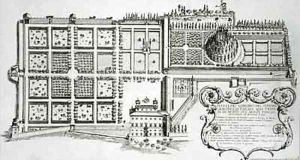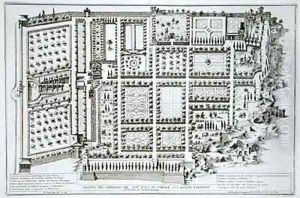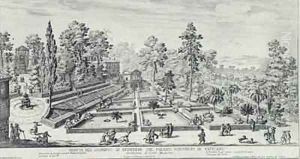Giovanni Battista Falda Paintings
Giovanni Battista Falda was an Italian artist and engraver, renowned for his detailed etchings of Rome in the 17th century. Born in Valduggia, a small town in the region of Piedmont, Italy, Falda moved to Rome at an early age, where he became a pivotal figure in documenting the architectural and urban development of the city during the Baroque period. His work is particularly valuable for historians and art historians as it provides a meticulous visual record of Rome's appearance in the 17th century, including buildings, gardens, and squares that have since been altered or no longer exist.
Falda was discovered and subsequently mentored by Gian Lorenzo Bernini, the leading Baroque architect and sculptor. Under Bernini's patronage, Falda's talents flourished, and he was introduced to the circle of influential artists and architects in Rome. He started working for the publisher Giovanni Giacomo de Rossi, producing views of Rome that were highly sought after by tourists and pilgrims, as well as by scholars and collectors. His works include detailed views of the newly constructed fountains, squares, and buildings, as well as panoramic views of the city.
Among Falda's most notable works are the collections 'Le fontane di Roma' (The Fountains of Rome), 'Le fontane dei giardini di Roma' (The Fountains of the Gardens of Rome), and 'Il nuovo teatro delle fabriche, et edificii, in prospettiva di Roma moderna' (The New Theater of Buildings and Edifices in Perspective of Modern Rome). These collections not only showcase Falda's exceptional skill as an engraver but also serve as an invaluable historical record of Rome's urban landscape during the Baroque era.
Falda's engravings were instrumental in spreading the grandeur of Roman architecture and Baroque art throughout Europe. His detailed and accurate representations played a significant role in influencing the perception of Rome as an idealized city of grandiose architecture and art. Despite his relatively short life, Falda's legacy endures through his extensive body of work, which continues to be studied and admired for its artistic merit and historical significance. Giovanni Battista Falda died in Rome in 1678, leaving behind a rich portfolio that offers a window into the architectural and urban splendor of Baroque Rome.
